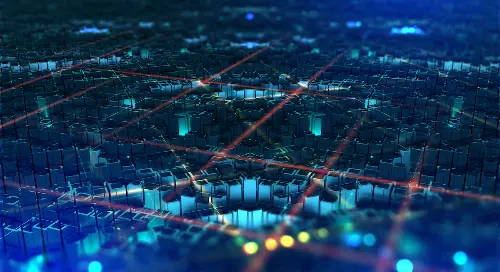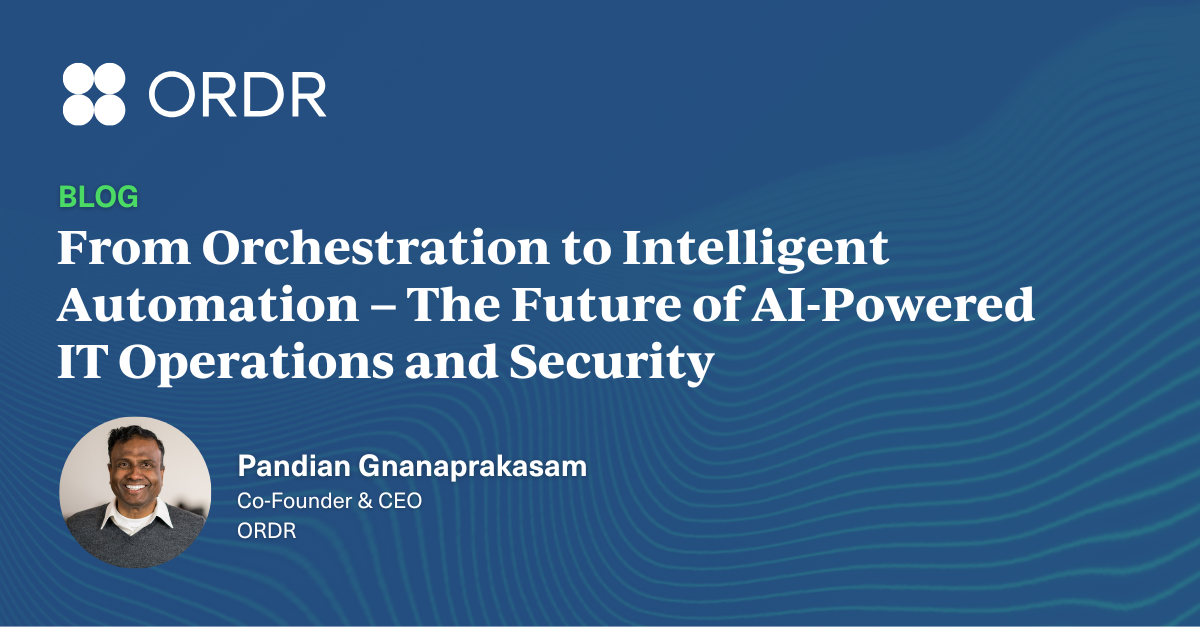It’s December 8, 1941, and you’re in charge of defending the United States against future enemy air attacks like the one that devastated Pearl Harbor. What would you do?
Given the technology of the time, you wouldn’t have had many choices. You might have recruited scores of civilians and given them illustrated books showing what German and Japanese warcraft looked like and how to distinguish them from American or British planes. Then you’d ask these civilians to take up observation posts and call a phone number when they spotted anything suspicious.
That’s indeed what happened and what served as a national alert system until later in the war when radar was invented. Lucky for the United States, the action remained almost entirely away from American shores throughout World War II.
But the human radar example, along with subsequent warning and response systems, provides a rough parallel to the progress of network security defense mechanisms from the early days of IT until now. It’s a story that highlights common requirements between keeping a country safe from bombings and a network safe from breaches. From an operational standpoint, each of these systems needs to meet three objectives:
- Comprehensively monitor the threat posed by the enemy
- Accurately detect threats
- Quickly and thoroughly respond to neutralize the threat
Noble goals, but as we shall see, they’re not so easily accomplished.
The 7 stages of network security evolution
Stage 1: Intrusion Detection System (IDS)
In the beginning, there was the intrusion detection system (IDS) method, which is not terribly different from printing up a bunch of enemy plane illustrations and telling your network to be on the lookout for them. In the IT case, the illustrations were “signatures” of the known malicious threats that had been identified based on past attacks.
There were two major problems with this system:
- It didn’t do you any good if the enemy had developed a new weapon that didn’t look like the ones it attacked you with previously and…
- Once spotted, the detection system didn’t prompt any automatic responses – just a “hey, you might want to do something” call to headquarters.
In all fairness, the initial ideas for IDS came about in the early 1980s when the only people using networks extensively were governmental agencies. The true cyber wars were decades away, so a relatively primitive network monitoring tool sufficed.
Stage 2: Intrusion Prevention System (IPS)
As attacks ramped up, the people who developed network security tools next added a basic response feature: blocking. The packet containing the dangerous goods was prevented from delivering the payload to a target by using an intrusion prevention system (IPS) to shut down access to email addresses, websites, and the like. In warfare terms, this is like erecting a shield over your target without doing anything to anticipate and prevent future bombing raids.
The other issue that came to undermine effectiveness was a vendor’s tendency to brag about how many attackers they’d identified to keep networks safe in the form of “playbooks.” Vendor A claimed that it was better than Vendor B because it listed, say, 3,500 malware agents in its playbook while its competition only had 2,000. This slowed down operations as the system thumbed through its databases and tried to determine if blocking was needed.
Stage 3: NetFlow
Cisco developed this protocol for its switches and routers to give SecOps a broad overview of what was happening on the network. Now the security team had visibility of activity so it could effectively monitor and troubleshoot network performance across all data sources. This provided ready-made, native tools to investigate issues without using workarounds that might or might not work.
Stage 4: Network Forensic Technology (NFT) and Metadata
While it’s great to have a broad view of threats to a network, you also need to be able to dig deep and analyze individual threats. To do so, you need to look at the packets in question – and do so quickly and efficiently. Network Forensic Technology (NFT) and metadata did exactly this by looking at the packet headers. Metadata in particular, was a significant advance in that it could see patterns and quickly group threats that resembled other threats. This is similar to the way that photo programs now can recognize a face and help viewers pull all shots of a given person from thousands they may have captured with just a few clicks rather than sorting through the entire catalog.
Stage 5: Network Analysis and Visibility (NAV)
While NetFlow gave visibility into what was happening with devices that incorporated the Cisco technology, it didn’t give teams a hint about what was happening elsewhere on their networks. Enter Network Analysis and Visibility (NAV) — a tool that pulled the covers off assets that might previously have been hidden. This means everything — in the cloud, on-prem, and even ZTE/SASE solutions — comes into view.
Stage 6: Network Traffic Analysis (NTA)
NAV was introduced in 2011, and eight years later, a further refinement came in the form of network traffic analysis (NTA). The visibility extended into such access points as IoT devices and deepened the ability to look closer and deeper at problematic traffic. There’s only one problem: We’re still largely just SEEING the threatening enemy with these devices and sealing off dangerous openings. What we need is something that can neutralize the attacking group — if not exactly a squadron of fighters shooting down enemy bombers, at least some mechanism to take countermeasures automatically.
Stage 7: Network Detection and Response (NDR)
The most recent and most effective method of defending networks from intruders, network detection and response (NDR) provides not only the extensive analytical and visibility power that previous generations have developed, but — as the name implies — an automated response as well.
In its NDR market guide, Gartner provided several criteria for a product to be classified as such. A true NDR must:
- Analyze raw network packet traffic or traffic flows (for example, NetFlow records) in real-time or near real-time.
- Monitor and analyze north/south traffic (as it crosses the perimeter), as well as east/west traffic (as it moves laterally throughout the network).
- Be able to model normal network traffic and highlight suspicious traffic that falls outside the normal range.
- Offer behavioral techniques (non-signature-based detection), such as machine learning or advanced analytics that detect network anomalies.
- Provide automatic or manual response capabilities to react to the detection of suspicious network traffic.
At Ordr, we advocate that the above Gartner-outlined features aren’t enough. To more comprehensively detect against all threats, NDR should evolve, and the following capabilities need to be considered.
- Integrated IDS – Yes, IDS has been around for a while, and it may not be as sexy as all other new threat detection capabilities. But it’s tried and true. A comprehensive threat detection solution should incorporate an IDS to detect known threats. An integrated IDS complements machine-learning behavioral techniques.
- Device context – For security teams that receive a threat alert about a potentially-compromised device, additional insights on that device are needed to move from “detection” to “response.” For example, information on what the device actually is that’s compromised, where it is located, data enrichment, business context, what actions are possible, how to prioritize those actions, what the compensating controls should be, and what actions to take if the device is offline. This means that while NDR may be a network-centric view of cybersecurity, organizations need to evolve to an asset-centric view of cybersecurity.
- Network context – In addition to device context, you need to understand details about where a device is connected, what is the wireless/wired access, what are the “normal” network flows.
- Retrospective analysis – New IoCs are constantly being generated as new criminal gangs form. A detection and response solution needs to incorporate the ability to ingest newly announced indicators of compromise, and determine if an infected device is already in the network. We know that attacks stay in the network for months at a time; retrospective analysis identifies compromised devices that have bypassed existing security controls so you can address security gaps that exist.
- Response – and Remediate not just Detect and Respond – Automated response means everything during a security incident; you cannot just rely on SIEM (too much data to analyze), or SOAR (assumes the recipe to remediate is in place, which it may not be). A next-generation detection and response solution needs to be able to properly generate remediation policies or segmentation policies to quarantine an infected device and orchestrate action on appropriate networking/security infrastructure. The device and network context outlined earlier is the foundation for proper policy creation to allow a potentially compromised device appropriate access required for its role while limiting exposure. Creating the ability to implement, operate, and orchestrate efficient and effective policy drive automated actions.
*Note: These capabilities above are critical and should be added to NDR requirements. Ordr supports these features and more.
Ordr: The next level of detection and response
Ordr builds on all the accomplishments of the past and moves it to something unimaginable in the early days of cybersecurity — as different from the labor-intensive, incomplete manual methods as modern missile defense systems are from those civilian plane-spotter projects. Now you have a thorough, granular understanding of all devices, the ability to detect known and unknown threats, and an automated process for defending yourself. With Ordr, you know what devices are connected, what activities they’re executing, which ones are vulnerable, and how you can secure those devices at scale.
It’s a solution that is being embraced by organizations in a wide range of verticals that need to keep their guards up — healthcare, life sciences, government, manufacturing, retail, and enterprise in general.
We invite you to see Ordr in action and see how we can give you the complete protection your organization deserves.

Interested in
Learning More?
Subscribe today to stay informed and get
regular updates from ORDR Cloud




